Home>Garden Essentials>What Is An Infill


Garden Essentials
What Is An Infill
Modified: September 2, 2024
Learn about garden infill and its importance in creating a lush and vibrant outdoor space. Discover the benefits of using the right infill materials to enhance your garden's beauty.
(Many of the links in this article redirect to a specific reviewed product. Your purchase of these products through affiliate links helps to generate commission for Storables.com, at no extra cost. Learn more)
Introduction
Welcome to the wonderful world of gardening! Whether you have a sprawling backyard or a cozy balcony, gardening allows you to connect with nature and create a beautiful and vibrant outdoor space. As a gardening enthusiast, you may have heard of the term “infill” but may be unsure of what it exactly means and its importance in gardening. In this article, we will explore the concept of infill and delve into its various applications and benefits.
So, what exactly is infill? In gardening, infill refers to the material that is used to fill the gaps or spaces between plants or other landscaping elements. It serves multiple purposes, including enhancing the overall aesthetic appeal of the garden, promoting plant growth and health, and preventing the growth of weeds. In essence, infill acts as a support system for your plants and plays a crucial role in maintaining the overall structure and health of your garden.
Now that we understand the basic definition of infill, let’s dive deeper into its purpose and explore the different types of materials that can be used as infill in your garden.
Key Takeaways:
- Infill is like the glue that holds a garden together, supporting plants, preventing weeds, and making pathways stable and safe for walking. It’s like the secret ingredient for a beautiful and healthy garden!
- Choosing the right infill material is like picking the perfect outfit for your garden. Consider your plants’ needs, the weather, and your style to create a garden that’s not only pretty but also thriving and low-maintenance.
Read more: What Is An Infill Speed
Definition of Infill
Infill, in the context of gardening, refers to the material that is used to fill the spaces or gaps between plants or other landscaping elements. It is a crucial component of a well-designed garden as it helps create a cohesive and visually appealing space.
The primary purpose of infill is to provide support and structure to plants, particularly in areas where there may be gaps or uneven spacing. By filling these gaps, infill creates a more uniform and balanced appearance in the garden. It also helps to define and separate different elements, such as flower beds or pathways, by acting as a border or barrier.
Infill materials can vary depending on the specific needs and preferences of the gardener. Some common types of infill materials include mulch, gravel, pebbles, stones, sand, and even synthetic materials like rubber or artificial turf. The choice of infill material depends on factors such as the overall garden design, the types of plants being grown, and the desired aesthetic appeal.
It’s important to note that infill is not just limited to filling gaps between plants. It can also be used to fill spaces in between pavers or stones in pathways, which helps create a stable and level surface. Infill materials used for pathways are often selected for their durability and ability to withstand foot traffic.
In addition to its practical purposes, infill also serves important functional roles in gardening. It can help retain moisture in the soil, thereby promoting healthy plant growth and reducing the need for frequent watering. Certain infill materials, such as mulch, can also act as natural weed barriers, helping to suppress weed growth and minimize maintenance tasks.
Overall, infill plays a critical role in creating an organized and visually appealing garden. It provides support, structure, and definition to the various elements within the garden, while also serving important functional purposes. The choice of infill material should be based on both aesthetic preferences and the specific needs of the plants and garden design.
Purpose of Infill
The purpose of using infill in gardening goes beyond simply filling empty spaces. Infill serves several important functions that contribute to the overall health and aesthetics of your garden. Let’s explore the primary purposes of using infill:
1. Support and Stability: One of the main purposes of infill is to provide support and stability to plants. It fills in the gaps between plants, helping to create a more cohesive and structured garden layout. This is especially important for plants that may have weak or sprawling growth habits. Infill prevents plants from spreading out too much and helps them stand upright, reducing the risk of damage from wind or heavy rain.
2. Weed Control: Infill materials, such as mulch or gravel, can act as a natural weed barrier. When applied in a thick layer, these materials block sunlight from reaching the soil, preventing weed seeds from germinating. This reduces the need for frequent weeding, saving you time and effort in maintaining your garden.
3. Water Conservation: Another crucial purpose of infill is to help conserve water in your garden. Infill materials like mulch, when applied around the base of plants, create a protective layer that helps retain moisture in the soil. This reduces water evaporation and minimizes the need for frequent watering. Additionally, infill materials that are permeable, such as gravel or pebbles, allow water to drain easily, preventing waterlogging and root rot.
4. Aesthetic Enhancement: Infill contributes to the overall visual appeal of your garden. It helps create a clean and well-groomed appearance by filling in gaps and creating uniformity. The choice of infill material can also enhance the desired aesthetic theme of your garden. For example, using decorative stones or colored mulch can add a touch of personality and uniqueness to your outdoor space.
5. Pathway Stability: Infill is commonly used to fill gaps between pavers or stones in garden pathways. It provides stability, preventing movement or shifting of the pavers, and creating a level surface for walking. In addition, infill materials used for pathways can help with weed control and improve drainage, ensuring that the paths remain clear and safe for use.
By understanding the purpose of infill in gardening, you can make informed decisions about the types of materials to use and how to best utilize them to enhance your garden’s beauty and functionality. Whether you’re looking to provide support to your plants, control weeds, conserve water, or create visually pleasing pathways, infill serves as a valuable tool that contributes to the overall success of your garden.
Types of Infill Materials
When it comes to selecting the right infill material for your garden, there are several options to choose from, each with its own unique properties and benefits. The choice of infill material depends on factors such as the purpose, aesthetic appeal, and maintenance requirements. Here are some of the most common types of infill materials:
1. Mulch: Mulch is a popular choice for infill due to its versatility and functionality. It is typically made from organic materials such as wood chips, bark, or straw. Mulch not only fills in gaps between plants but also helps retain moisture in the soil, suppresses weed growth, and regulates soil temperature. It is available in various colors and textures, allowing you to customize the look of your garden.
2. Gravel: Gravel is a durable and low-maintenance infill material that adds texture and visual interest to the garden. It is available in a range of sizes, from small pebbles to larger stones, offering different aesthetics and drainage properties. Gravel infill is ideal for pathways, as it provides stability, good drainage, and prevents erosion. However, it may not be suitable for all plant types, as it can retain heat and dry out the soil.
3. Pebbles: Pebbles are small, rounded stones that come in various sizes and colors. They are commonly used as infill material in gardens, offering a decorative and natural look. Pebbles provide good drainage, reduce soil erosion, and suppress weed growth. They are often used around the base of potted plants or to create decorative pathways.
4. Sand: Sand is a versatile infill material that can be used in different garden applications. It offers good drainage and is often used for leveling surfaces, creating sandboxes, or filling gaps between pavers or stones in pathways. However, sand may not be suitable for all plants or climates, as it can retain moisture and lead to waterlogging in some cases.
5. Rubber Mulch: Made from recycled rubber tires, rubber mulch is a sustainable and long-lasting infill option. It provides excellent weed control, good drainage, and is resistant to decay and pests. Rubber mulch is often used in high-traffic areas, playgrounds, or for decorative purposes. However, it is important to note that rubber mulch may not be suitable for all plant types and can trap heat in hot climates.
6. Artificial Turf Infill: If you have an artificial turf or grass installation, infill is necessary to provide stability, maintain the turf’s shape, and improve its overall performance. Common infill materials for artificial turf include silica sand, rubber granules, or a combination of both. The type of infill chosen depends on factors such as desired firmness, cushioning, and playability.
When selecting the appropriate infill material, consider factors such as the specific needs of your plants, climate conditions, desired aesthetics, and maintenance requirements. It’s also a good idea to research and consult with local gardening experts to ensure you choose infill materials that are suitable for your specific garden environment. Remember, infill materials not only serve a functional purpose but also contribute to the overall look and feel of your garden.
An infill is the process of filling in vacant or underutilized land within existing urban areas. It helps to maximize the use of existing infrastructure and resources, and can contribute to a more sustainable and efficient use of land.
Benefits of Using Infill
The use of infill in gardening offers numerous benefits that contribute to the overall health and beauty of your garden. Here are some of the key advantages of using infill:
1. Enhances Plant Support and Growth: Infill fills in the gaps between plants, providing support and structure. This helps plants stand upright, reducing the risk of damage from wind or heavy rain. It also prevents plants from sprawling or spreading excessively, promoting healthier and more compact growth.
2. Weed Control: Infill materials, such as mulch or gravel, act as a natural barrier to weed growth. They create a layer that blocks sunlight from reaching the soil, minimizing weed seed germination. By reducing weed competition, infill simplifies maintenance tasks and allows your plants to thrive without unnecessary competition for nutrients and space.
3. Water Conservation: Certain infill materials, like mulch, help retain moisture in the soil by acting as a protective layer. This reduces water evaporation, conserves water, and allows for more efficient usage. In addition, infill materials with good drainage properties, such as gravel or pebbles, prevent waterlogging and promote healthy root growth.
4. Aesthetic Appeal: Infill has a significant impact on the overall look and visual appeal of your garden. It fills in gaps between plants, creating a more uniform and cohesive appearance. Additionally, the choice of infill material can enhance the desired aesthetics of your garden, whether you prefer a natural and earthy look or a more modern and contemporary style.
5. Pathway Stability and Safety: Infill is commonly used to fill gaps between pavers or stones in pathways. It provides stability and prevents movement, ensuring a level and safe surface for walking. Infill materials with good drainage properties also help reduce the risk of slip and fall accidents by preventing water accumulation on pathways.
6. Reduced Maintenance: The use of infill materials, such as mulch or gravel, can significantly reduce the amount of time and effort spent on garden maintenance. These materials act as a natural weed barrier, minimizing the need for frequent weeding. Additionally, infill can help regulate soil temperature, reducing the stress on plants during extreme weather conditions.
7. Soil Health: Certain infill materials, like organic mulch, gradually break down over time, enriching the soil with nutrients and improving its overall health. This creates a more fertile environment for plant growth and enhances soil structure.
8. Erosion Control: Infill materials, particularly those with good drainage properties, help prevent soil erosion by minimizing water runoff. This is especially important on slopes or areas prone to erosion, where infill can help stabilize the soil and protect against soil loss.
By incorporating infill in your garden design, you can enjoy these benefits and create a beautiful and thriving outdoor space. Consider the specific needs of your plants, aesthetic preferences, and maintenance requirements when selecting the appropriate infill materials for your garden.
Read more: What Is Infill Construction
Applications of Infill
The use of infill in gardening goes beyond filling gaps between plants. It has various applications that can enhance the functionality and beauty of your garden. Here are some common applications of infill:
1. Plant Bed Filler: Infill is commonly used to fill the spaces between plants in flower beds, vegetable gardens, or container gardens. It helps create a visually appealing and balanced arrangement by filling in gaps and providing structure. Additionally, infill materials like mulch or compost can enrich the soil and promote healthy plant growth.
2. Pathway and Patio Filler: Infill materials, such as gravel, pebbles, or sand, are often used as fillers between pavers or stones in garden pathways, patios, or outdoor seating areas. This not only creates a visually pleasing design but also provides stability, preventing movement or shifting of the pavers. It also improves drainage and prevents weed growth in the gaps.
3. Rock Gardens: Infill materials like decorative stones or rocks are commonly used in rock gardens. They create a natural-looking design and fill in spaces between larger rocks or boulders. This helps create a visually appealing layout and reduces the amount of exposed soil, minimizing erosion and weed growth.
4. Playground Surfaces: Infill has important applications in creating safe surfaces for children’s play areas. For synthetic turf or artificial grass playgrounds, specialized infill materials like rubber granules are used to provide cushioning, absorb impact, and minimize the risk of injuries during play.
5. Water Features: Infill materials, such as pebbles or stones, are often used in or around water features like ponds, fountains, or waterfalls. They not only enhance the natural aesthetic but also help with water circulation, prevent soil erosion, and provide a habitat for beneficial microorganisms.
6. Container Gardens: Infill is essential in container gardens, where the appropriate choice of infill material helps retain moisture, improve drainage, and prevent soil compaction. Materials such as peat moss, coconut coir, or perlite can be used as infill to enhance the growing conditions in containers.
7. Edging and Borders: Infill materials can be used to create defined edges or borders in the garden. For example, using bricks or stones as infill along the edges of a flower bed creates a clear separation between the garden and the surrounding lawn. This not only adds structure to the design but also prevents grass or weeds from encroaching into the bed.
8. Xeriscaping: In arid regions or areas with water restrictions, infill plays a crucial role in xeriscaping, which is a landscaping technique that focuses on water conservation. Infill materials like gravel or pebbles are used extensively to create visually appealing and low-maintenance landscapes that require minimal watering.
These are just a few examples of the diverse applications of infill in gardening. The choice of infill material and its application will depend on factors such as garden design, specific needs of plants, and desired aesthetics. By carefully considering these factors, you can make informed decisions and create a functional and visually stunning garden space.
Considerations for Choosing Infill Material
When selecting the right infill material for your garden, it’s important to consider several factors to ensure the best results. Here are some key considerations to keep in mind:
1. Plant Needs: Consider the specific needs of your plants when choosing an infill material. Different plants have different preferences for soil moisture, drainage, and pH levels. For example, plants that prefer well-draining soil may benefit from infill materials like gravel or sand, while moisture-loving plants may thrive with organic mulch.
2. Climate and Weather Conditions: Take into account the climate and weather conditions in your region. Certain infill materials may retain heat or hold moisture more than others, which can affect plant health. If you live in a hot and dry climate, lighter-colored infill materials and those with good drainage properties may be more suitable. In areas with heavy rainfall, choose infill materials that can withstand excess moisture and prevent waterlogging.
3. Maintenance Requirements: Consider your maintenance capabilities and preferences. Some infill materials, like organic mulch, may require regular replenishment or replacement as they break down over time. On the other hand, materials like gravel or artificial turf infill may require occasional maintenance to remove debris or ensure even distribution. Choose an infill material that aligns with your desired level of maintenance commitment.
4. Aesthetic Appeal: Infills provide an opportunity to enhance the visual appeal of your garden. Consider the desired aesthetic and style you want to achieve. Organic mulch can create a natural and earthy look, while colored gravel or decorative stones can add vibrancy and texture. Select an infill material that complements the overall theme and design of your garden.
5. Budgetary Constraints: Keep your budget in mind when choosing an infill material. Some materials, such as organic mulch or gravel, are generally more cost-effective, while others, like rubber mulch or specialized artificial turf infill, may be more expensive. Consider the long-term cost implications, including maintenance needs, when making your decision.
6. Environmental Impact: Consider the environmental impact of the infill material you choose. Opt for sustainable and eco-friendly options whenever possible. For example, choosing organic mulch made from recycled materials or locally sourced stones can minimize environmental harm and contribute to a greener gardening practice.
7. Functionality: Determine the primary function you want the infill material to serve. If you need stability and level surfaces, materials like gravel or sand would be suitable for pathways or patios. If weed control is a priority, organic or synthetic mulch can effectively suppress weed growth. Understanding the specific function you need will help narrow down your options.
8. Compatibility with Existing Landscaping Elements: Consider how the infill material will work with existing landscaping elements in your garden, such as plants, hardscaping features, or outdoor structures. Ensure that the chosen infill material harmonizes with the overall design and complements the surrounding elements.
By considering these factors, you can make an informed decision when selecting the right infill material for your garden. Remember to balance the needs of your plants, climate conditions, maintenance requirements, aesthetics, and budget to create a functional and visually appealing outdoor space.
Conclusion
Infill is a vital component in gardening that serves multiple purposes and contributes to the overall success and beauty of your garden. Whether you’re filling gaps between plants, creating stable pathways, or enhancing the visual appeal of your outdoor space, choosing the right infill material is crucial.
Consider the specific needs of your plants, climate conditions, maintenance capabilities, and desired aesthetic when selecting the infill material for your garden. Organic mulch, gravel, pebbles, sand, rubber mulch, and artificial turf infill are all common options, each with its own unique properties and benefits.
Infill provides support and stability to plants, controls weed growth, conserves water, enhances the visual appeal of your garden, creates stable pathways, and reduces maintenance tasks. It plays a vital role in defining and organizing different elements within your garden, contributing to its overall structure and health.
Keep in mind that infill materials are not limited to filling gaps between plants; they can also be used in pathways, rock gardens, playgrounds, water features, and more. Each application requires careful consideration of factors such as drainage, stability, safety, and aesthetics.
Regardless of the infill material you choose, prioritize the needs of your plants, the climate conditions in your region, and your personal preferences. Strive for a balance between functionality, aesthetics, and sustainability. By carefully considering these factors, you can create a garden that is not only visually stunning but also supports the growth and well-being of your plants.
Remember, infill is an important aspect of your garden’s design, so take the time to research and explore different options. Consult with local gardening experts for guidance on the best infill materials for your specific garden environment. With the right infill in place, your garden will flourish and become a beautiful oasis for you to enjoy for years to come.
Frequently Asked Questions about What Is An Infill
Was this page helpful?
At Storables.com, we guarantee accurate and reliable information. Our content, validated by Expert Board Contributors, is crafted following stringent Editorial Policies. We're committed to providing you with well-researched, expert-backed insights for all your informational needs.
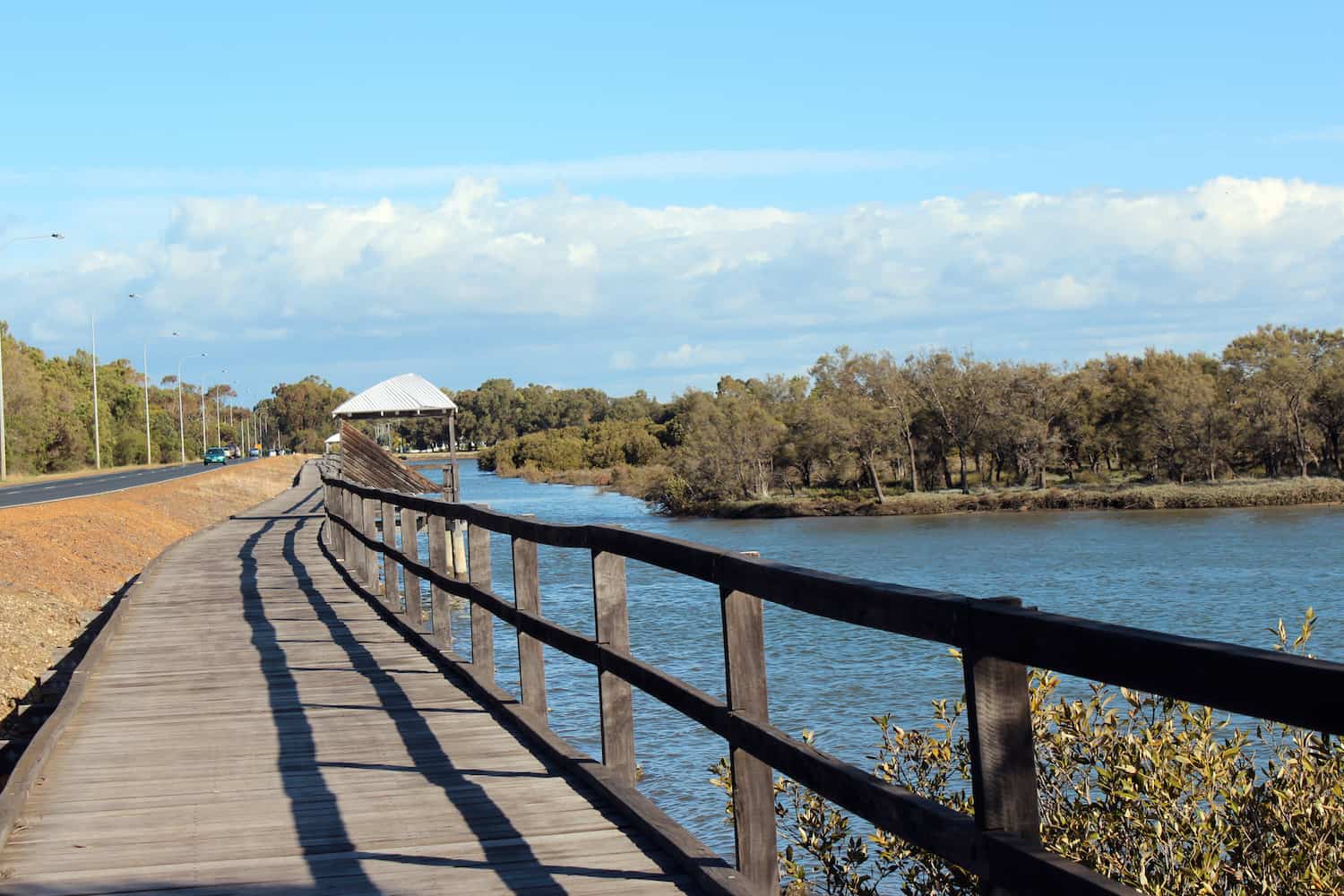
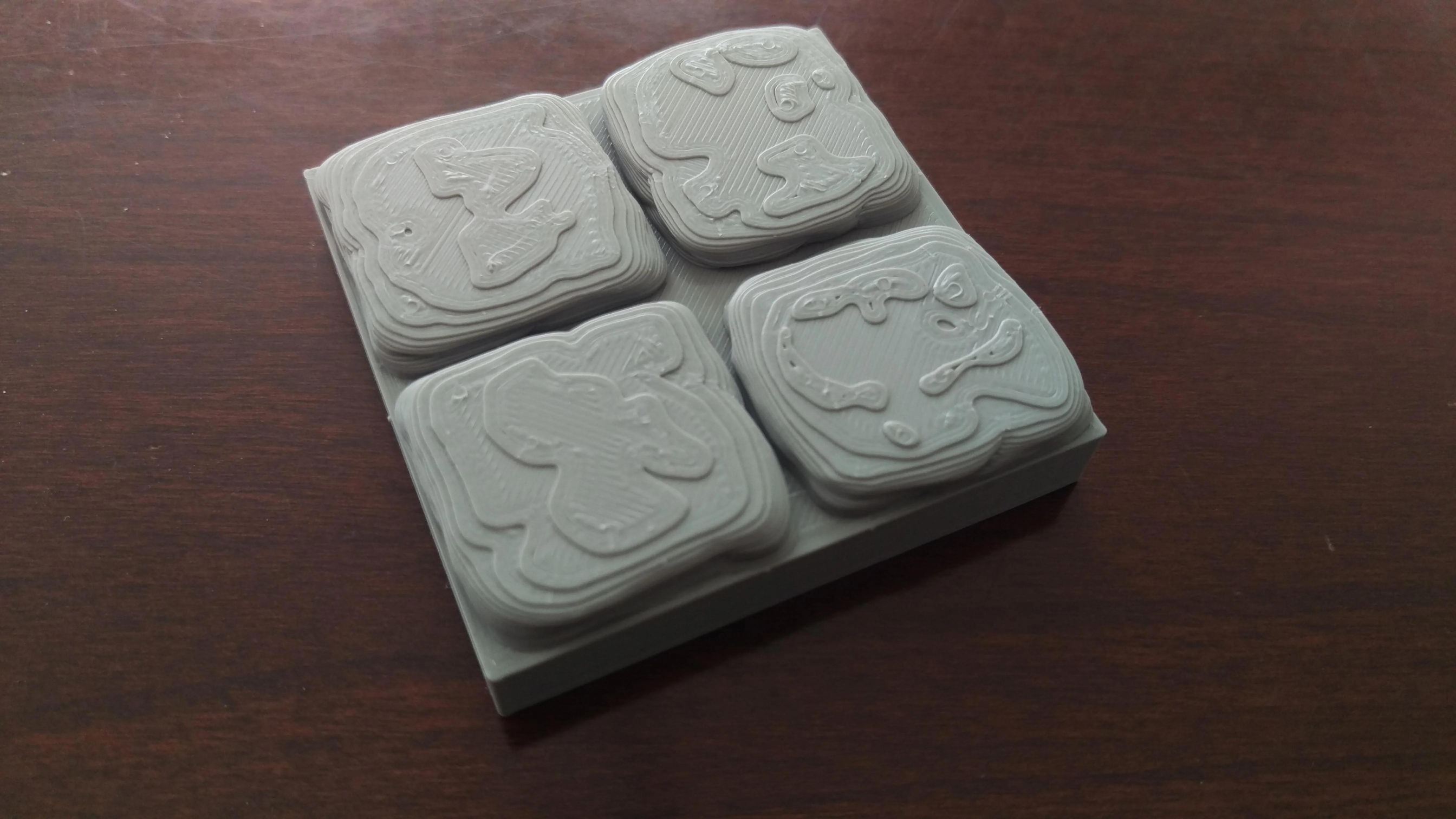
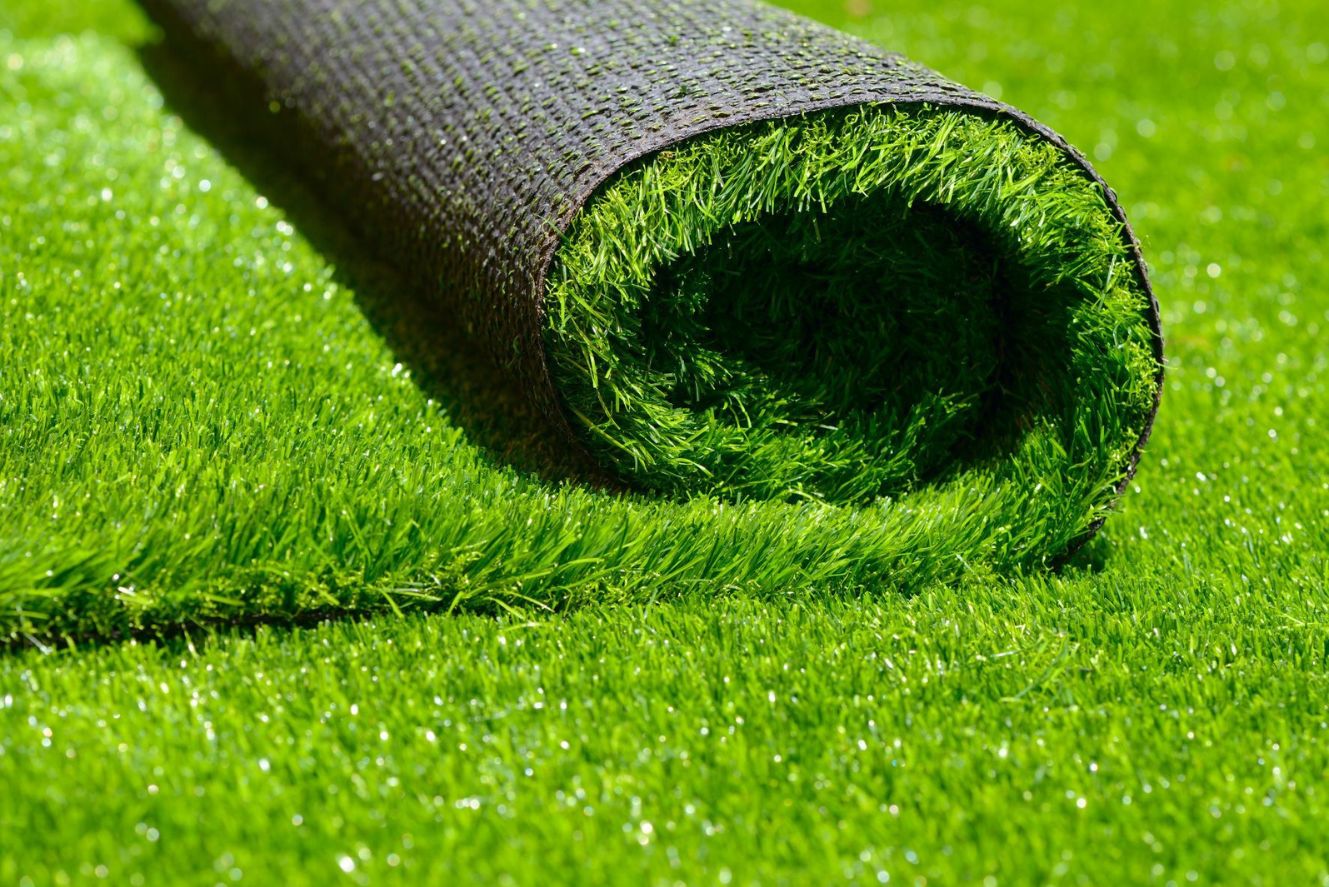
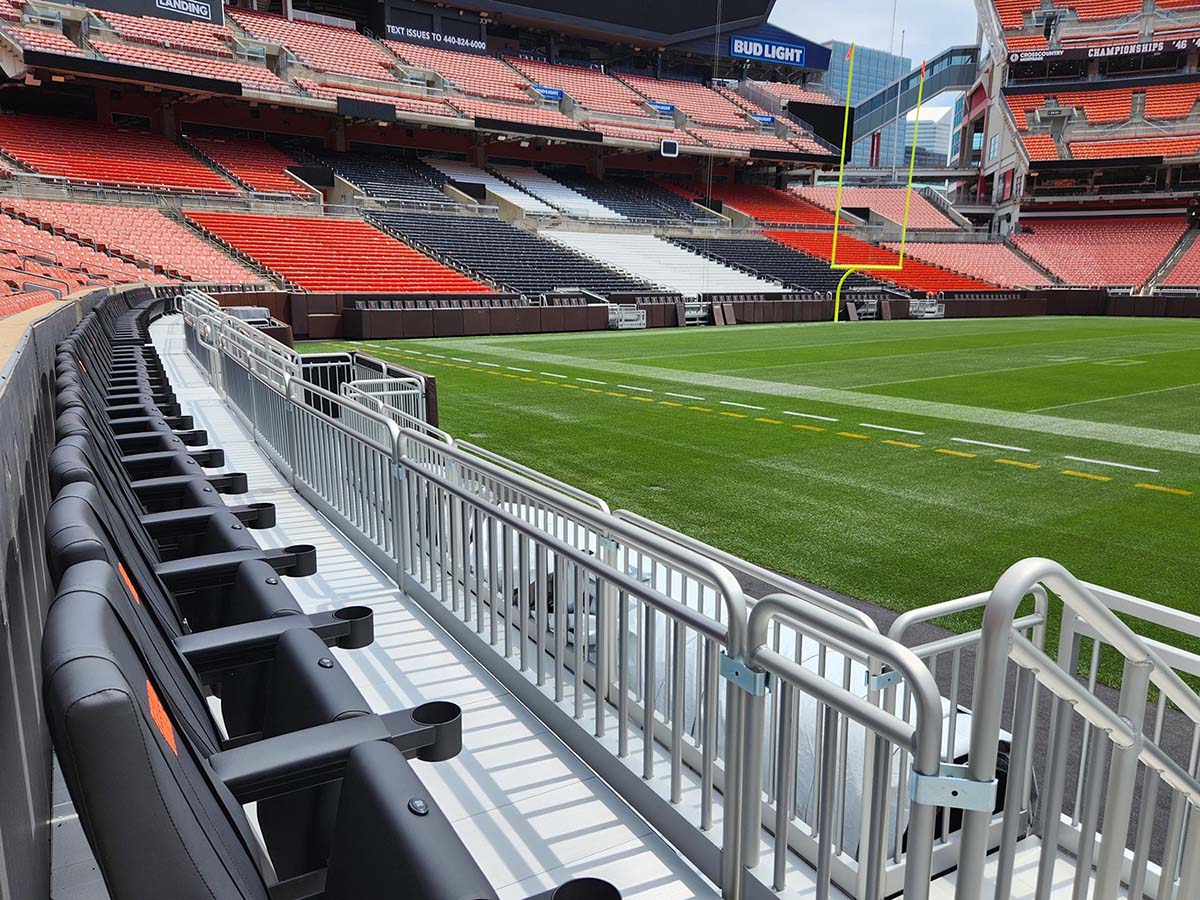
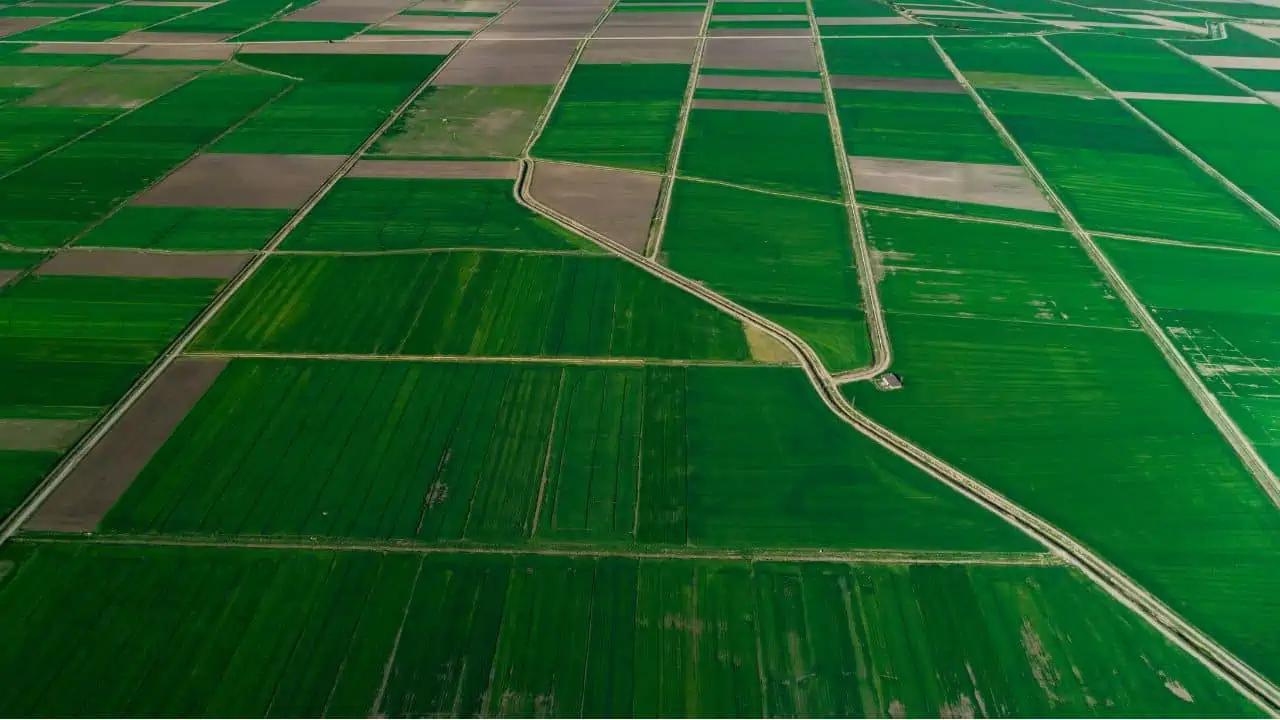
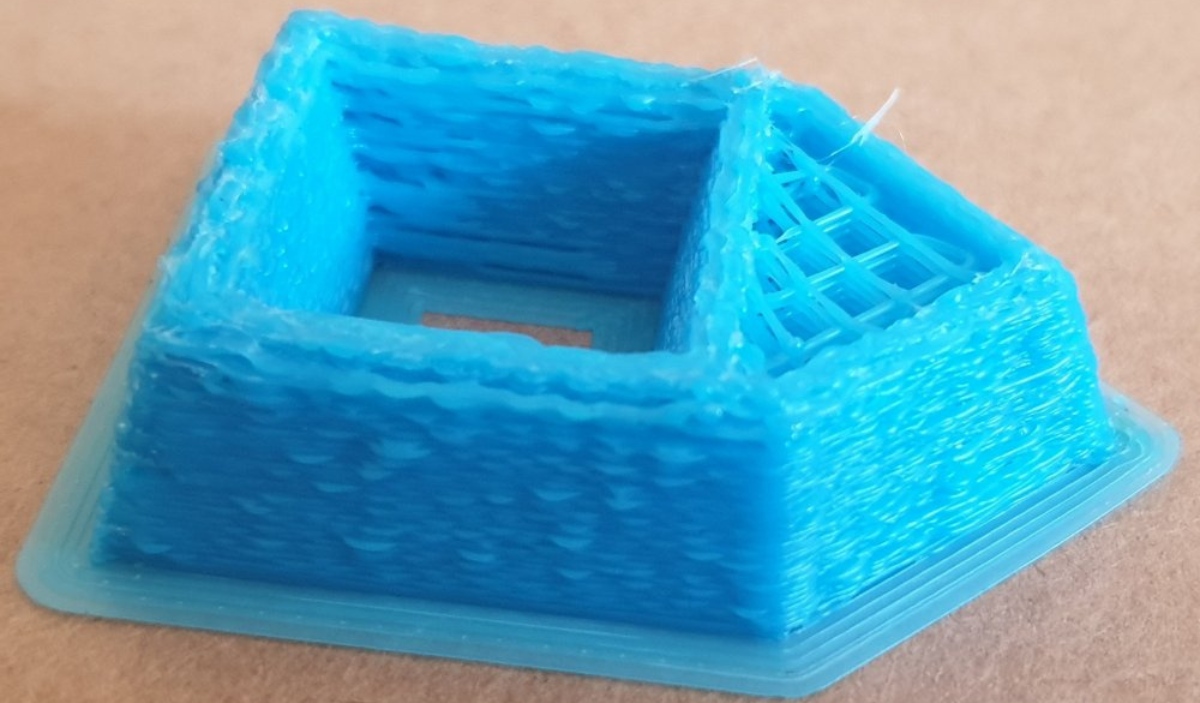
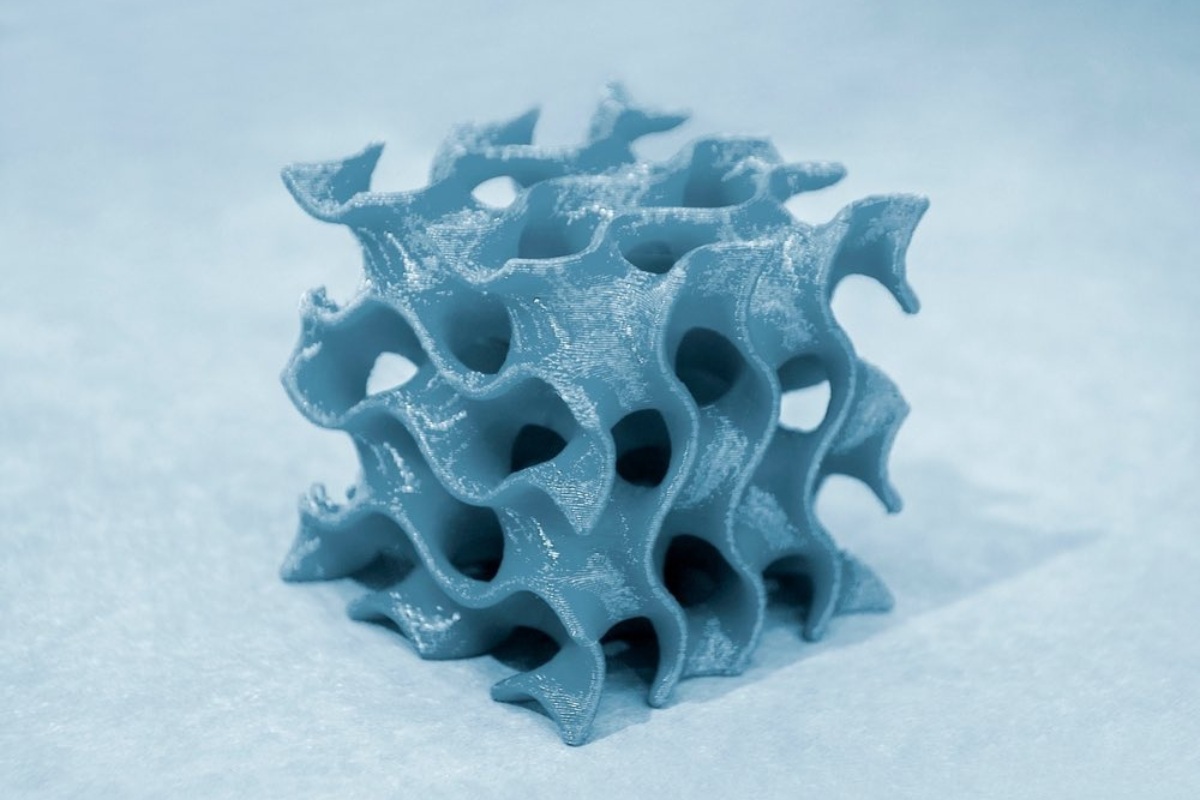

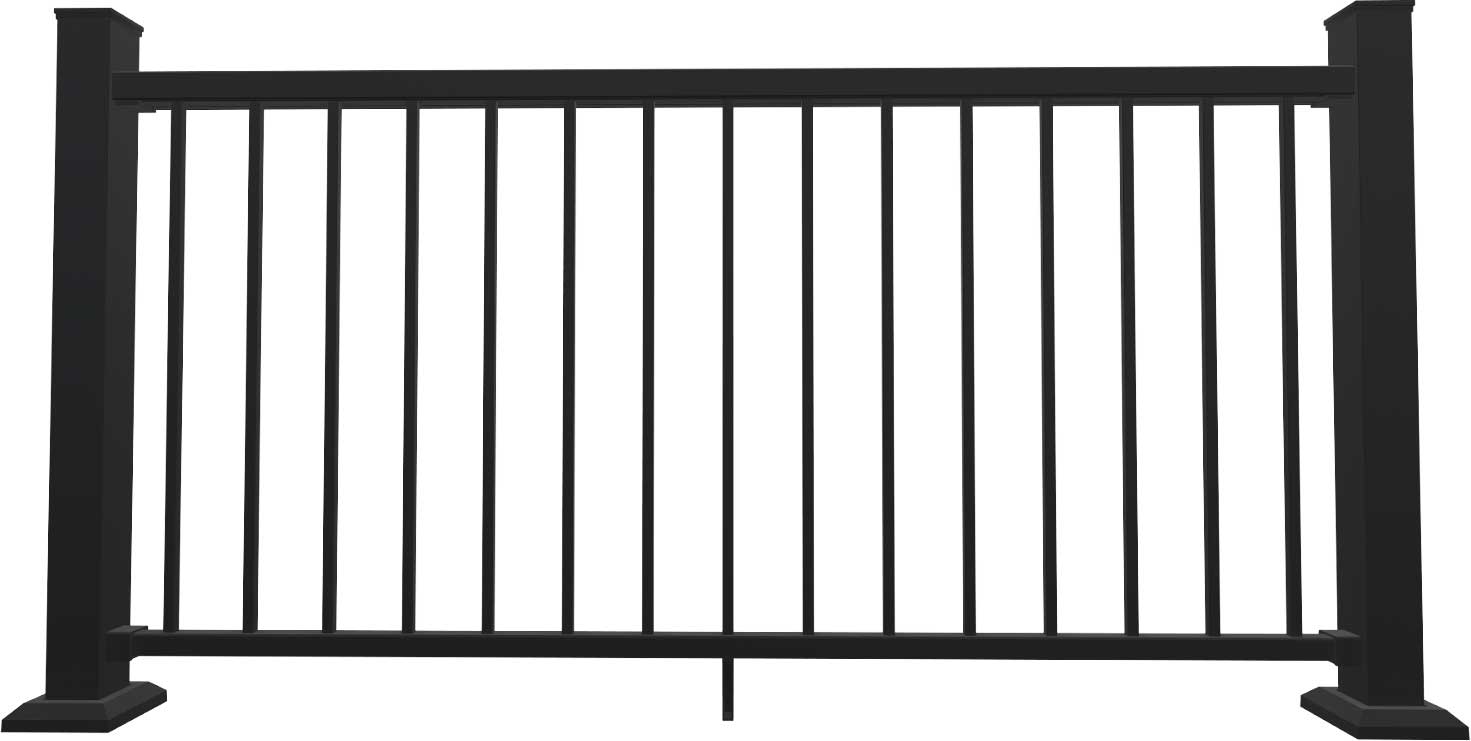
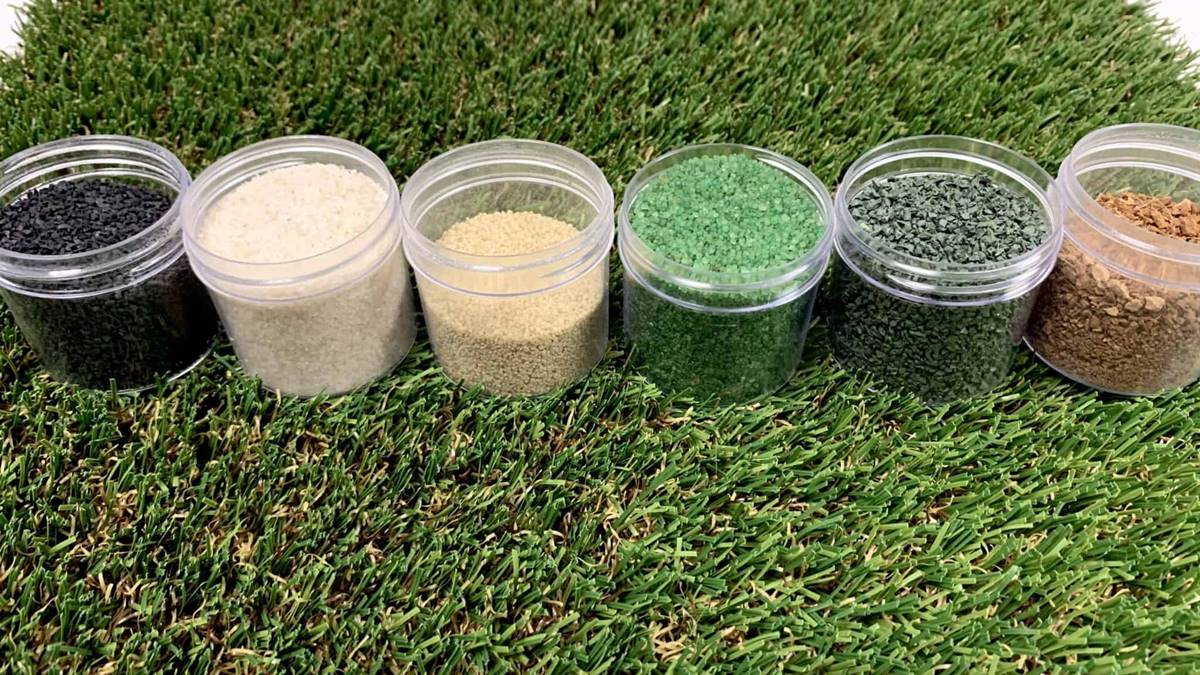
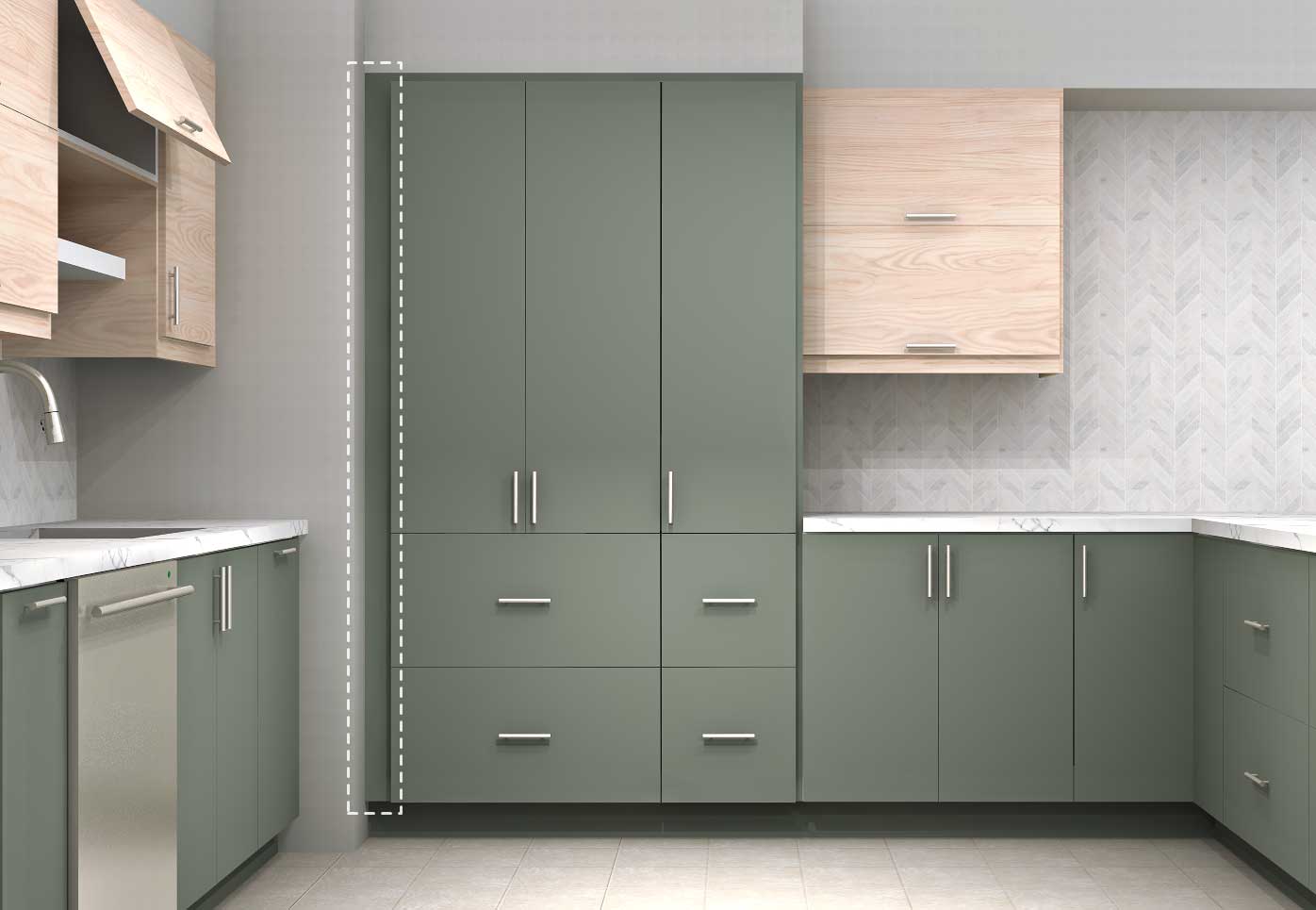
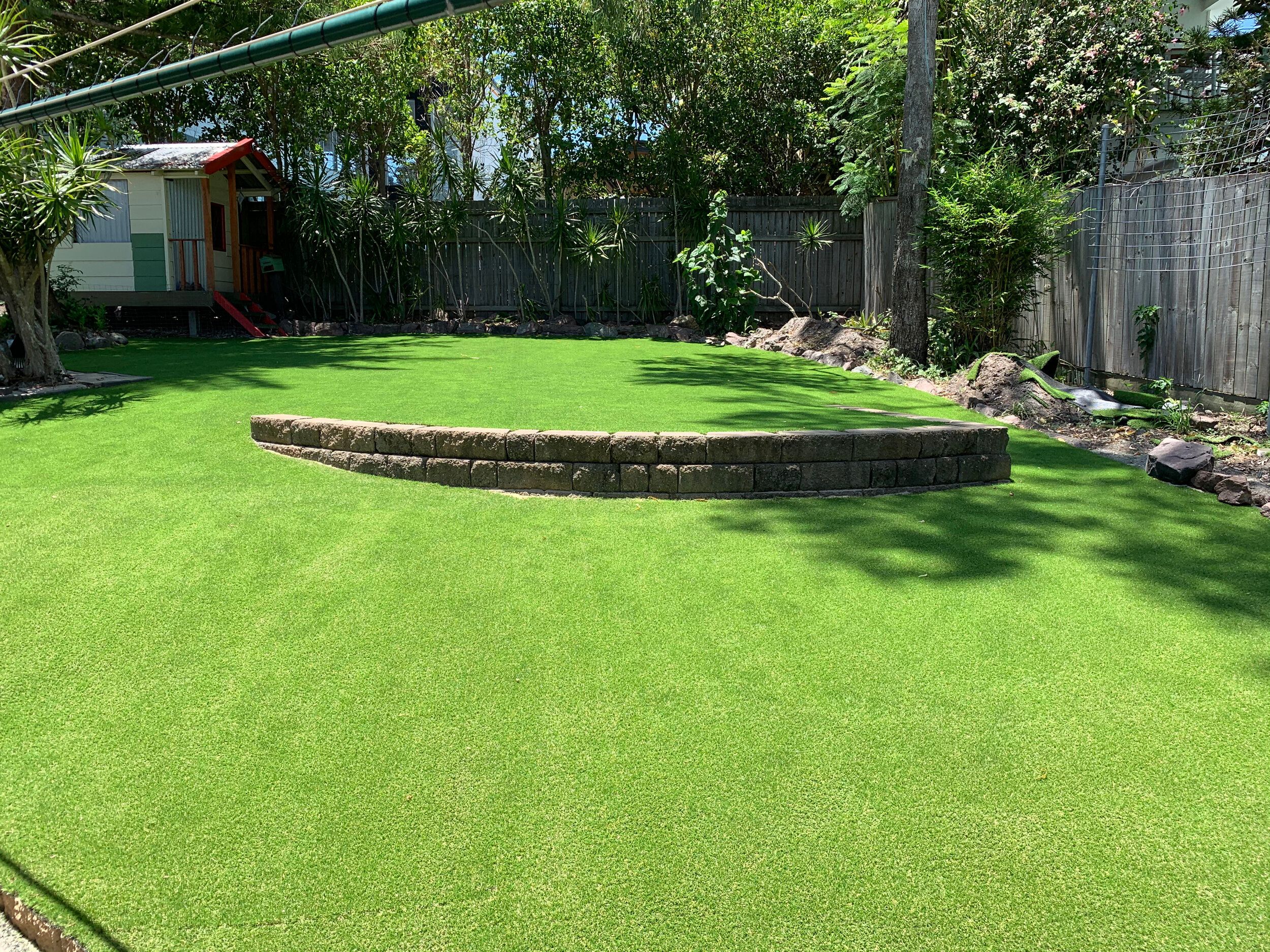
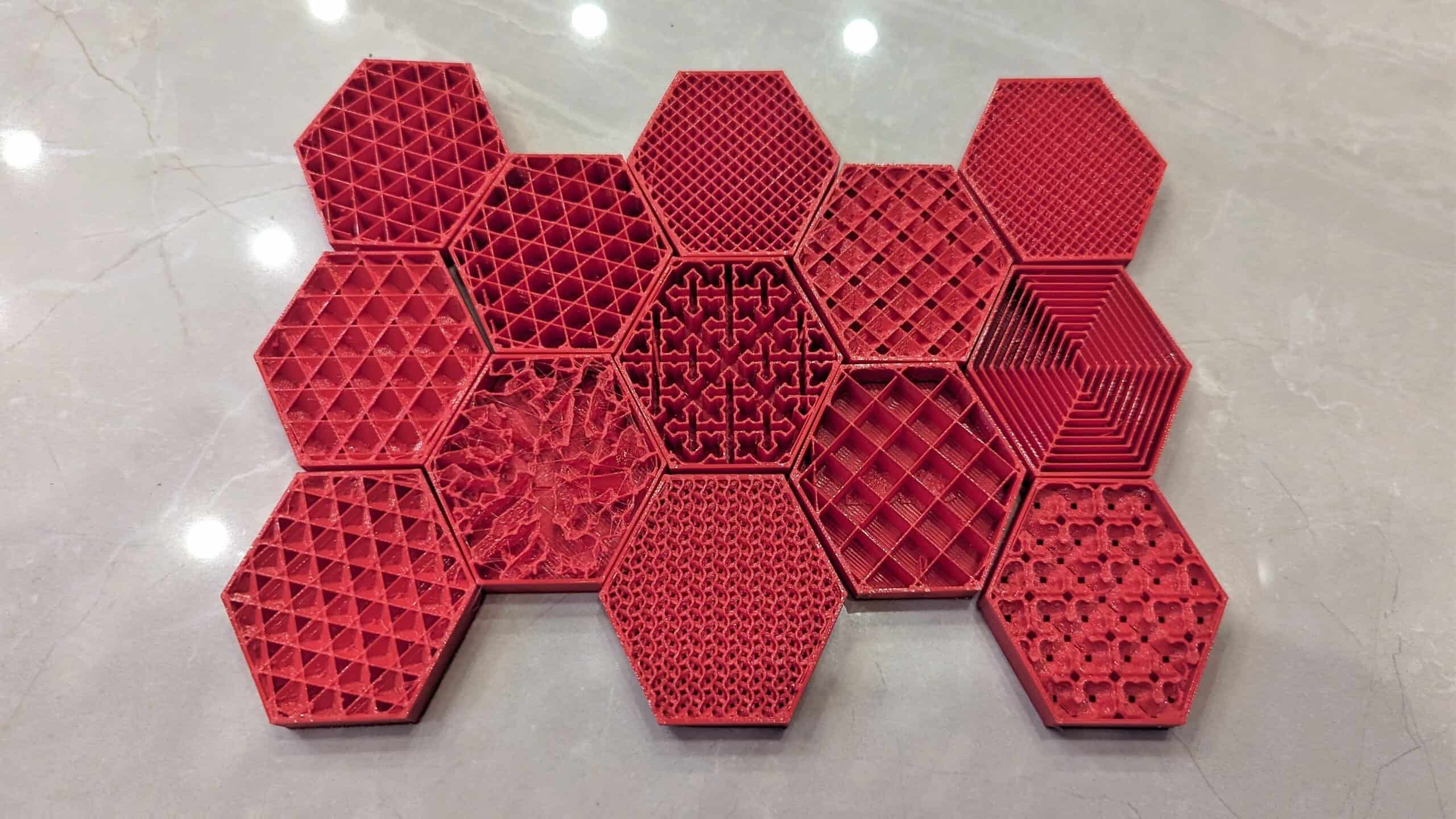


0 thoughts on “What Is An Infill”